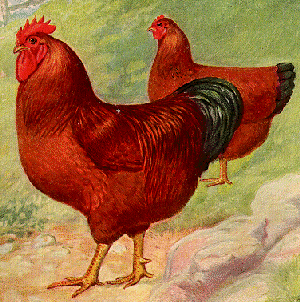|
 |
Over the past few decades, scholars often have told the story of modernization as if modernity -- viewed as a historical force propelled by self-aggrandizing capitalists and other elites -- inevitably wrenches people from a richly realized traditional life into a world of anomie, immiseration, oppression, and ecological degradation. Non-modern societies have generally stood, in the modern imagination, as social orders whose usefulness for intellectual inquiry lies in their systematic contrasts with, and implied critique of, contemporary society. Within the United States, rural society of the Early Republic and of putatively "backward" areas like Appalachia and its westward expansion across the Upland South have often held the place of this imagined agrarian society. The rural has often been viewed as the pastoral contrast to the urban. (1)
|
|
|
|
"Modernity" and U.S. farm women's poultry operations: farm women nourish the industrializing cities 1880-1940. Paper presented at the international conference, The Chicken: Its Biological, Social, Cultural, and Industrial History: From Neolithic Middens to McNuggets. May 17-19, 2002, Yale University, Program in Agrarian Studies. © Jane Adams 2002
Jane Adams' Home Page
|
|
|
|
|
|
